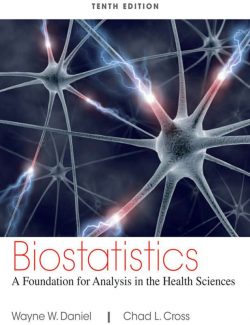Description
The field of study that we today term “nuclear medicine” can be traced back to 1935, 1938, and 1940. Scientists such as J.H. LAWRENCE, J.G. HAMILTON, G. HEVESY, and S. HERTZ should here be named as representative of the great number of those who worked successfully during the early years when the rapid expansion of the subject had just begun.
The application of open, artificial radio nuclides in research, clinical diagnosis, and therapy would not have been possible without developments in three other areas, i.e., radiopharmaceuticals, the development and use of new equipment, and radiation protection.
It is this basic instrumentarium of nuclear medicine which is the subject of this, the first of three parts dealing with nuclear medicine within the Encyclopedia of Medical Radiology. The second part deals with diagnosis, therapy, and clinical research (Encyclopedia of Medical Radiology, Vol. XV 12).
Radionuclides are introduced in inorganic and organic molecules in order to trace these molecules in tissues and organs for diagnostic purposes. Few of them are intended for a therapeutic use. They are specially adapted for human administration and, as such, become radiopharmaceuticals, subject to strict regulations established by health authorities.





Leave us a comment
No Comments